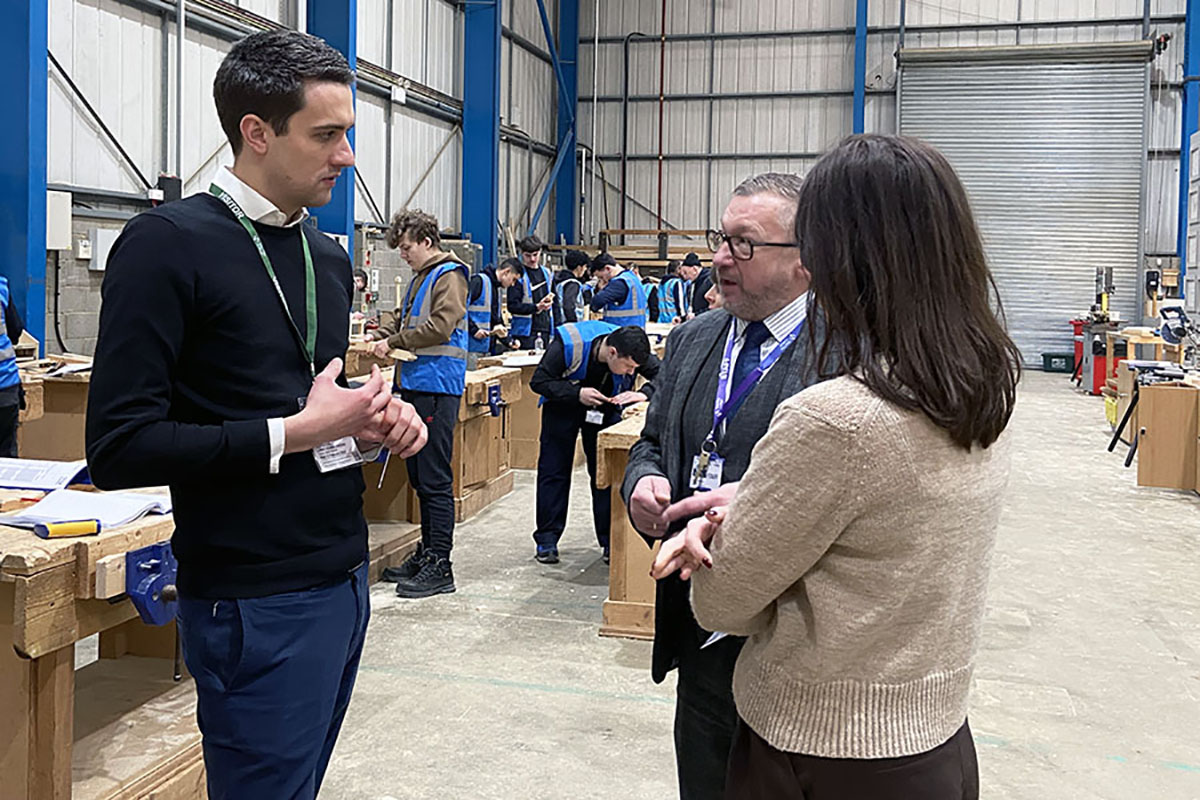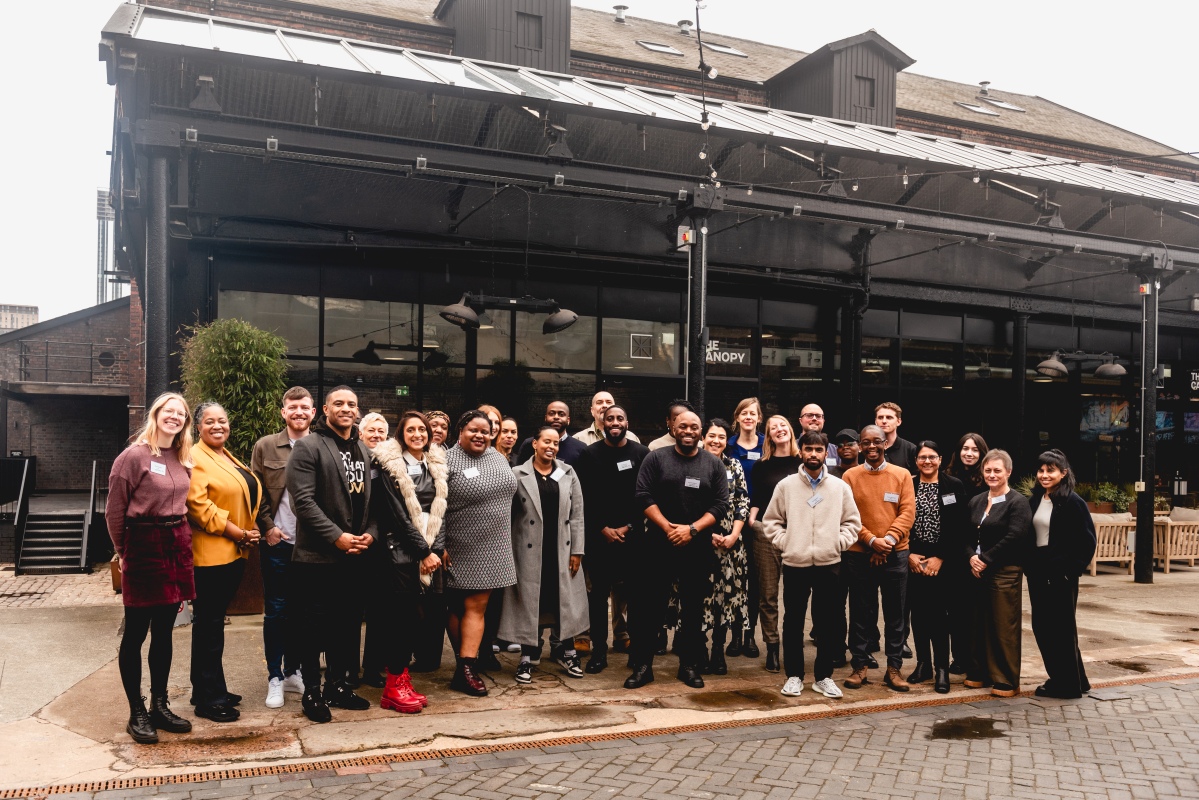National Apprenticeship Week (NAW) 2016: What was our focus?

National Apprenticeship Week has become an established part of the FE annual cycle. It stimulates nationwide debates about skills and Apprenticeships; similar to the way that the GCSE exam results prompt stories about schools and standards.
The exam results debate tends to focus on standards, while the NAW debate normally revolves around the current and planned funding and policy reforms, and this year was no different.
Chief amongst the issues being discussed this year was of course the forthcoming Apprenticeship Levy. With the surprise news of a 10% ‘top up’ to be added to employer’s accounts by HMRC only increasing the attention on this radical funding reform.
There are still many questions remaining of course; ‘will the Barnett formula for devolved nations funding be applied at an employer or a national level?’ and ‘for how long will your levy last?’ being just two that I heard repeatedly (and which are not covered in the latest Levy Q&A.)
But at least with the 10% top up we now know how you can ‘get out more then you put in’!
Money aside…
What I did not hear a lot about was the training itself, and what opportunities the new Apprenticeship standards present for new ways of delivering training. This is a shame because the delivery of high quality, life-changing apprenticeships is what gets us all out of bed in the morning.
We have been delivering new standard apprenticeship training for about 12 months now and have started to explore what this means in terms of curriculum, staffing and delivery.\
I think that there are only 5 rules regarding the delivery of New Standards:
1. Each Apprenticeship must last 12 months or longer (regardless of age)
2. English and Maths Functional skills for those without GCSEs
3. 20% of the apprentice’s time must be spent in learning
4. You must cover what is in the standard, including any core qualifications
5. There is an end assessment to prepare for
How you deliver the training though is very much up to you and your employer.
There is no longer stipulation regarding the number and frequency of learner ‘visits’, the order of learning, the learning methodology or the format for internal and external quality assurance and verification.
As providers we are used to having Awarding and Funding Bodies set our parameters and dictate how we deliver apprenticeships. For example they have set the rules regarding trainer and assessor qualifications and experience which have directed our recruitment. Post SASE and into the world of new standards, we can start to be more creative about who we use as our trainers. For example we might start bringing in some of the best practitioners from the corporate training world, or making greater use of employer’s own L&D teams. I believe that expanding the size and varying the experience of the trainer base will be really key to realising the new freedoms and expanding capacity.
Of course everything we do must be quality controlled and none of us will get far without a keen focus on learner experience and results. However the IV,EV, IQA etc quality model is no longer the only game in town and we might start to explore other ways of quality assuring our work, perhaps looking at well proven school or industry models. A return to the Training Quality Standard anyone..?
With so many fewer rules to constrain us it would be disappointing if no innovation in delivery was forthcoming. And it would be a real shame, if as Apprenticeship training providers; we were to spend all of our annual moment in the sun talking about funding rules and methodologies – and not showcasing our expertise and exploring our innovation.
Richard Marsh is operations director at Capita Talent Partnerships











Responses